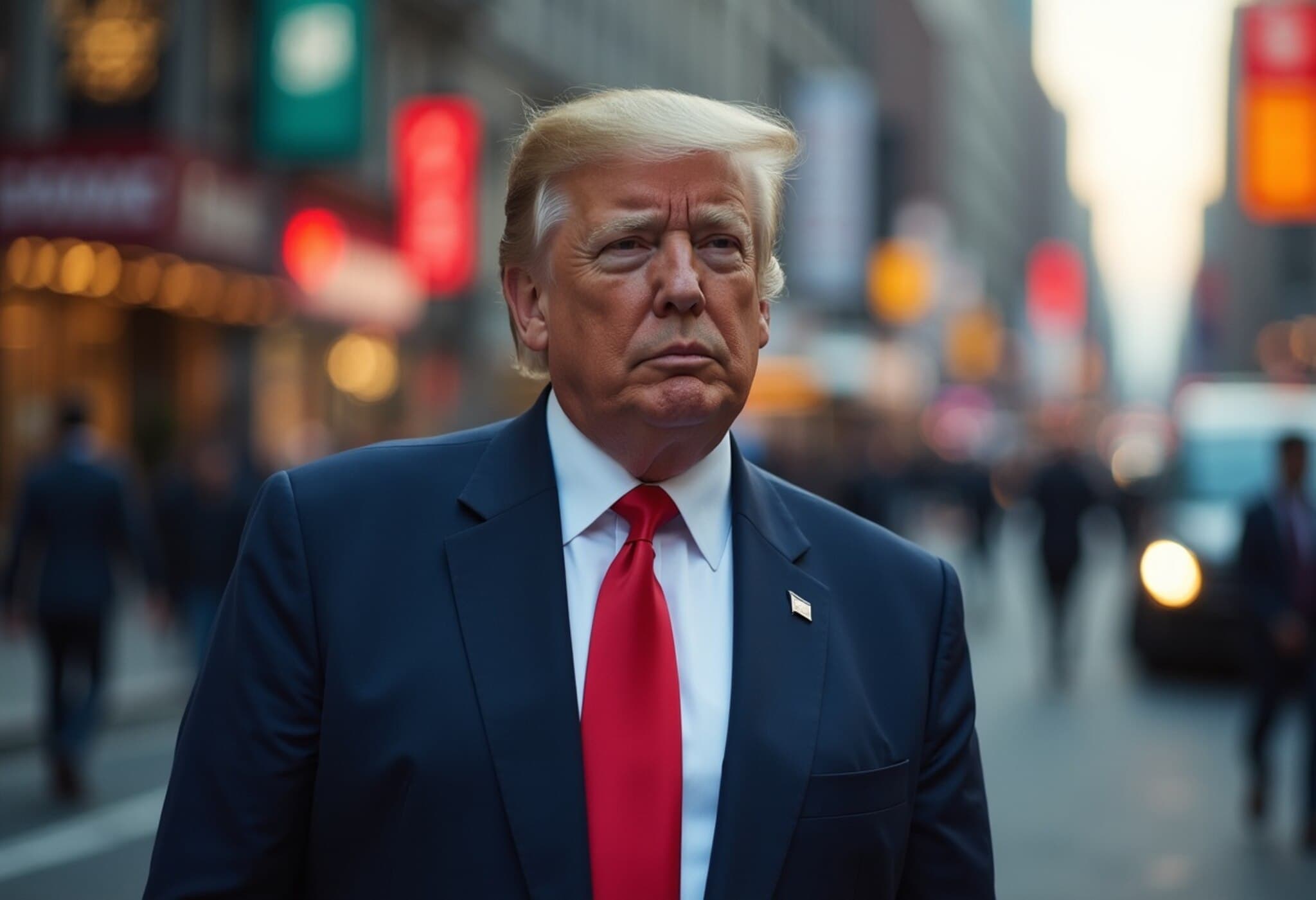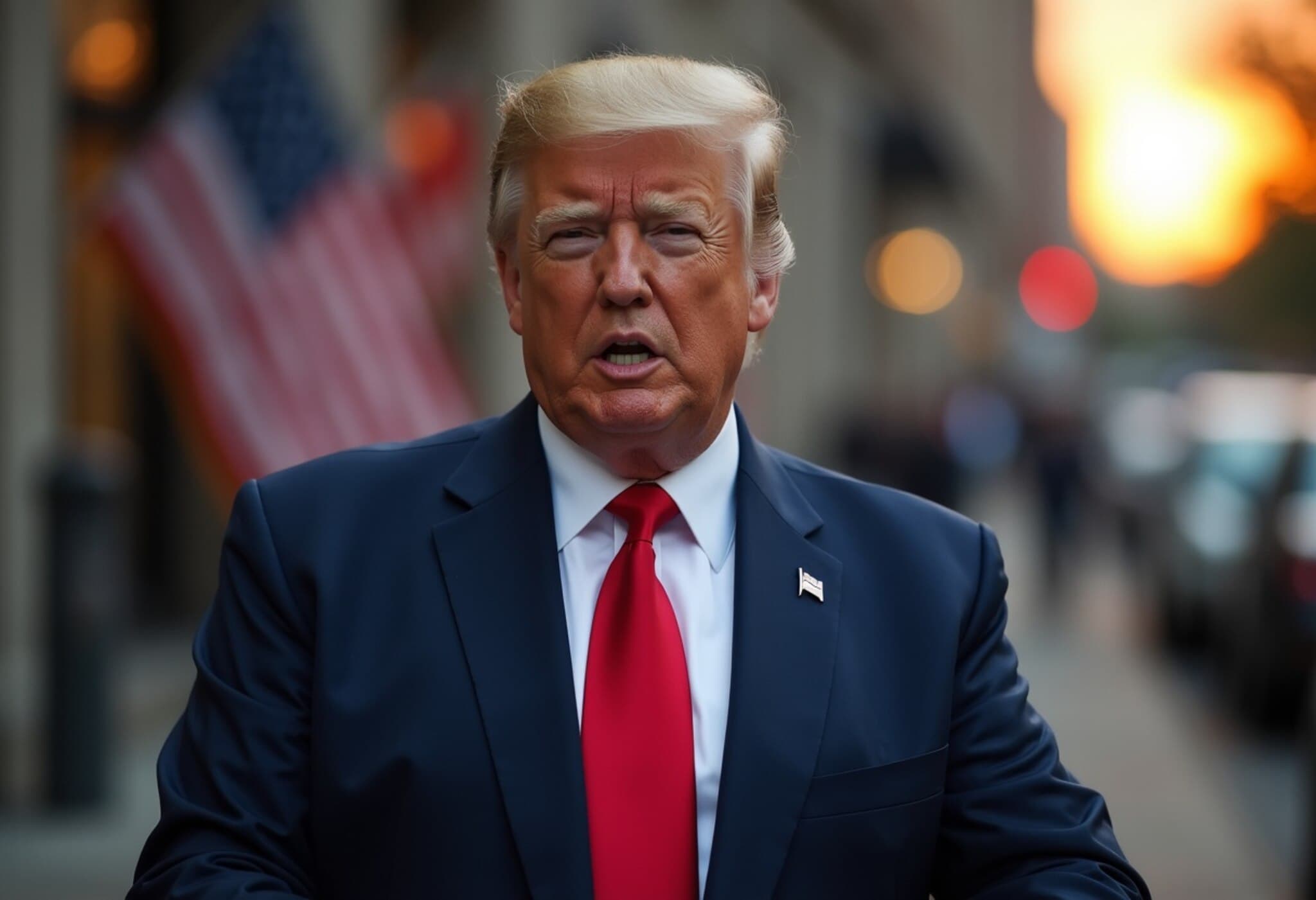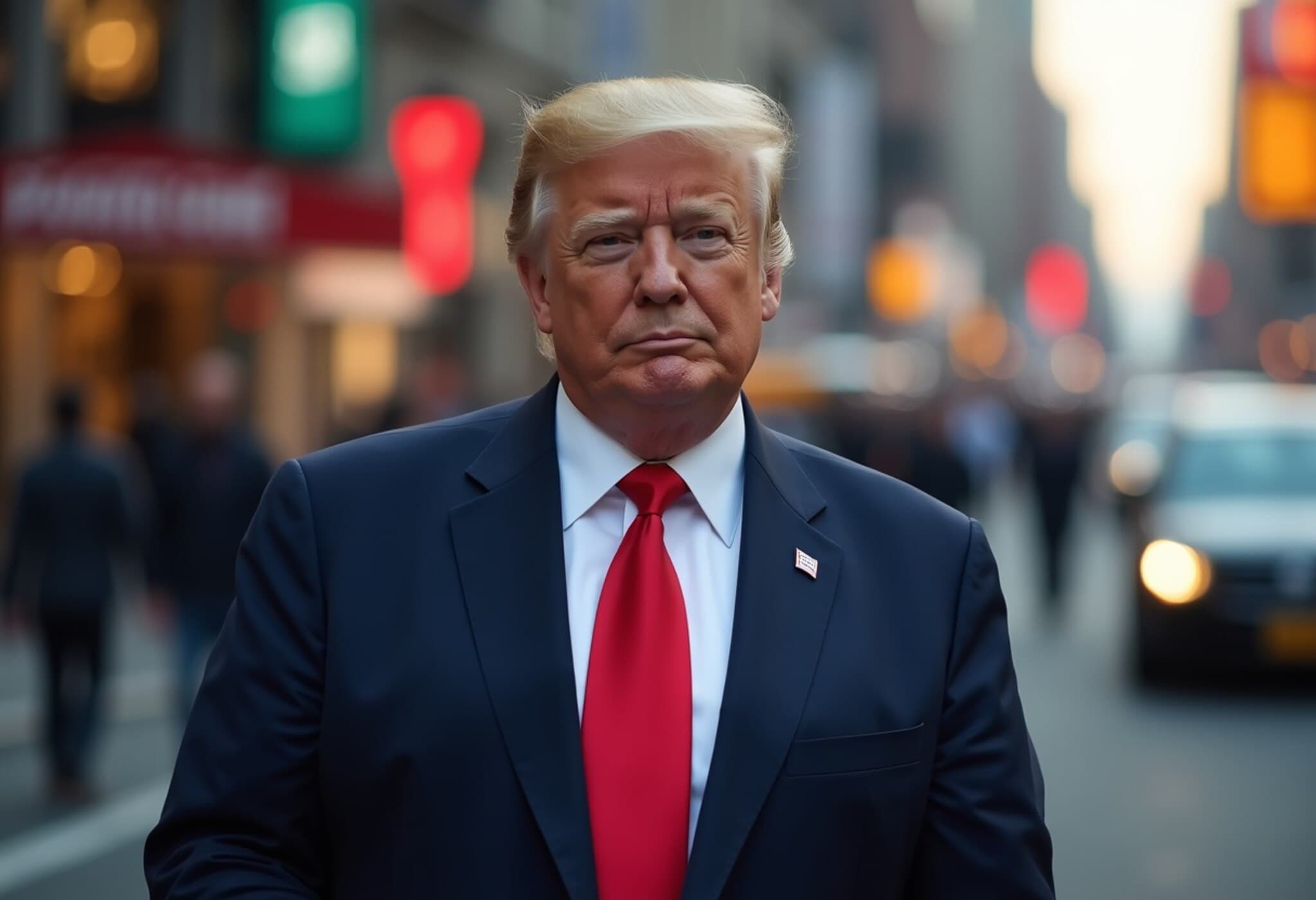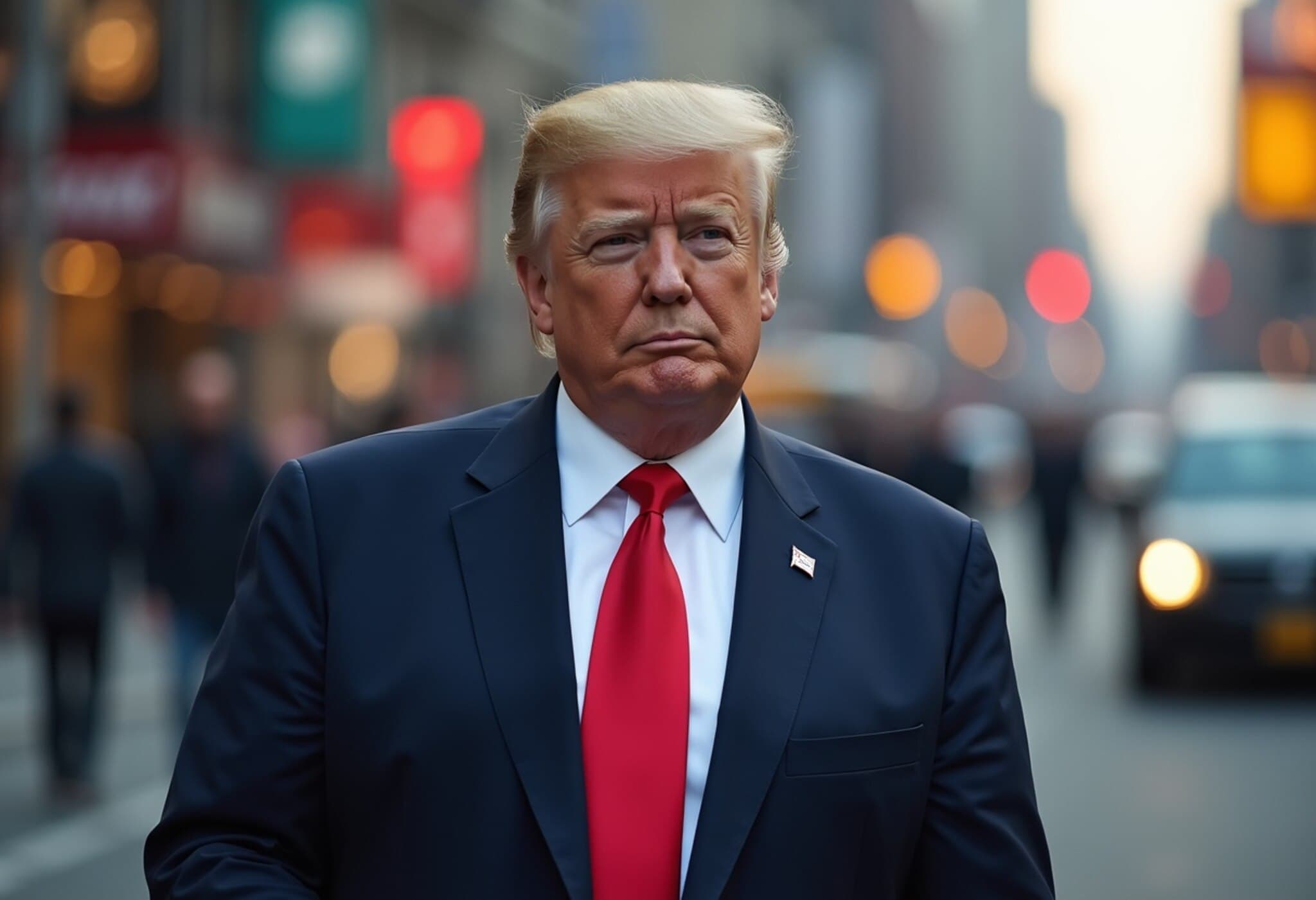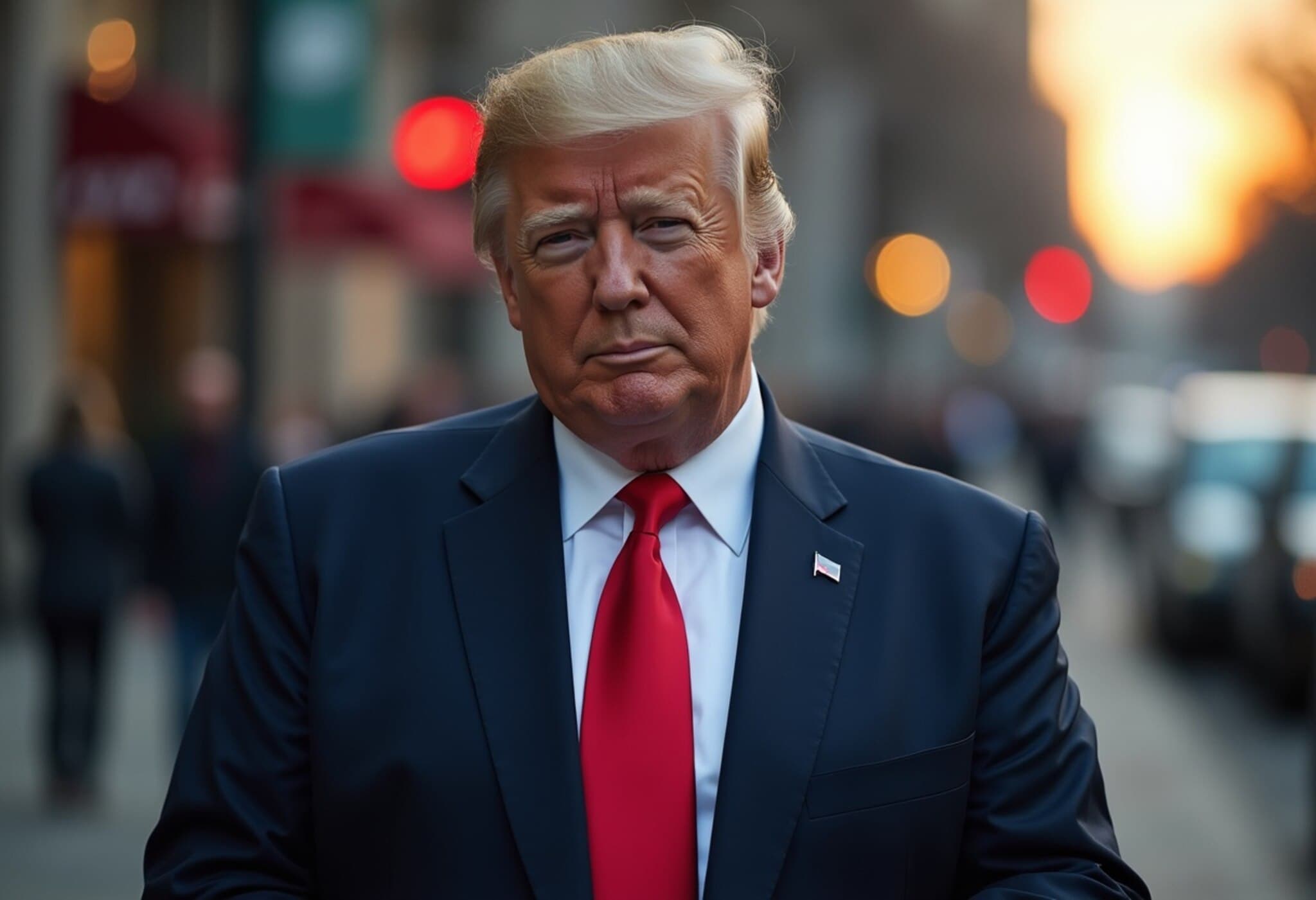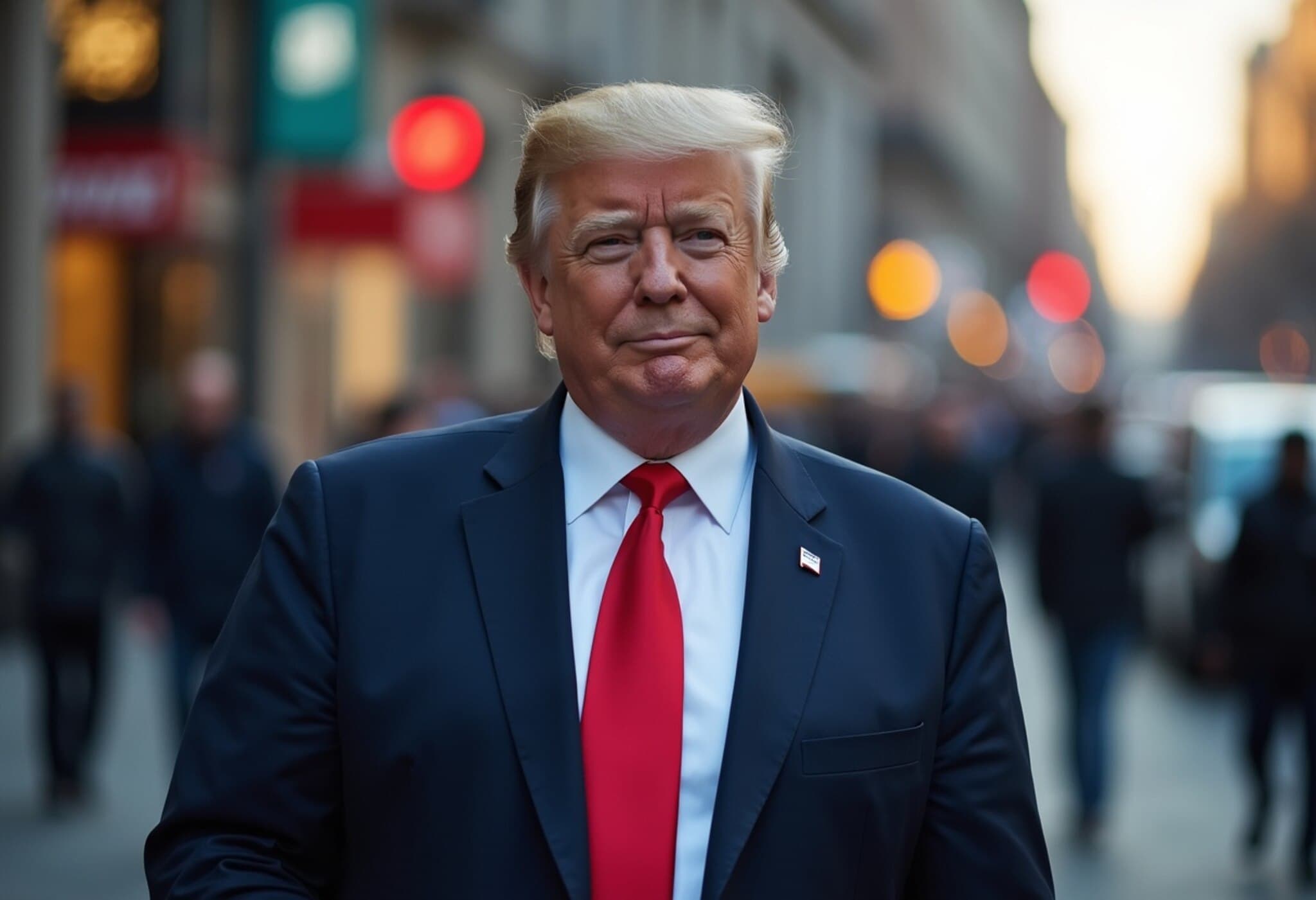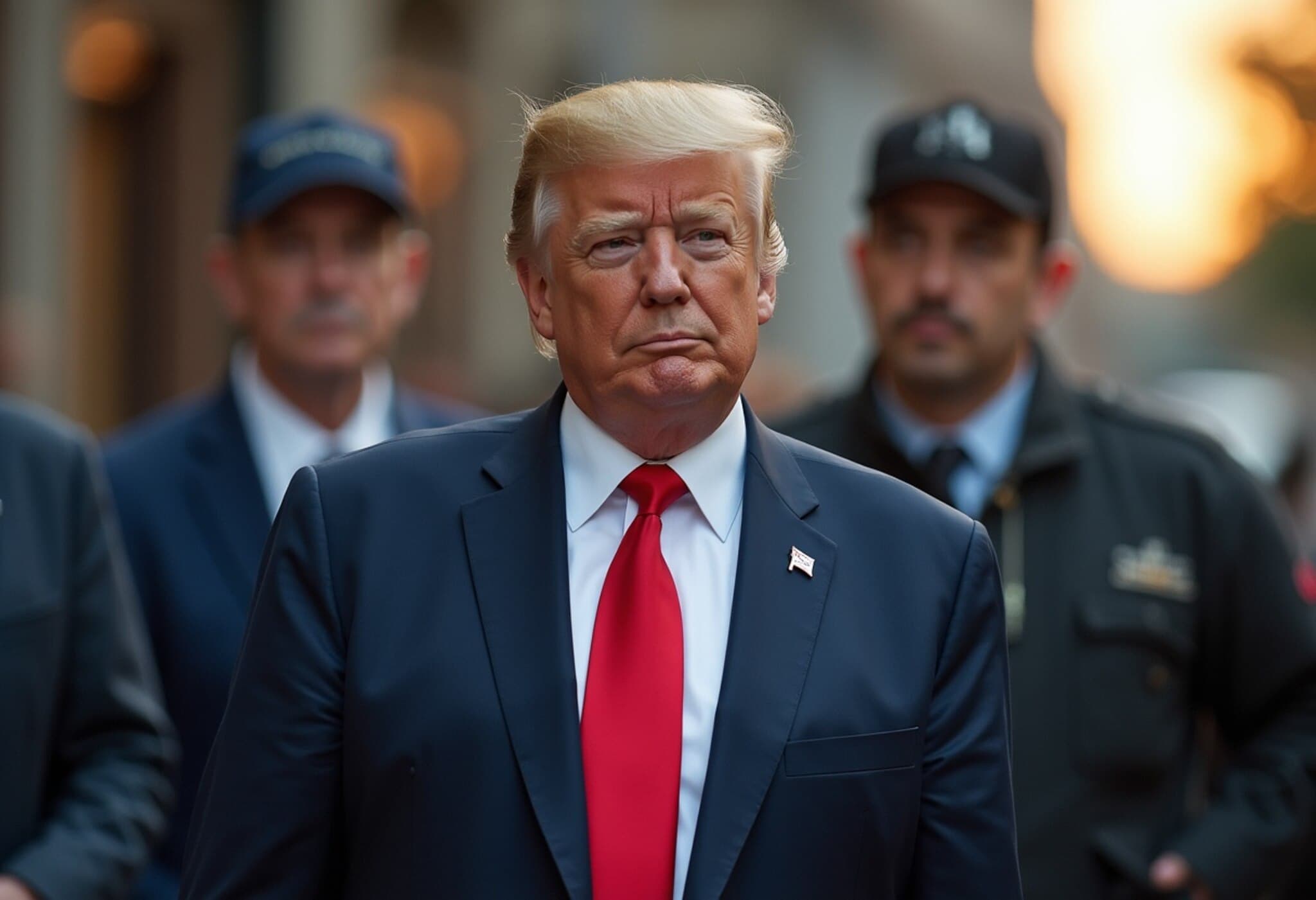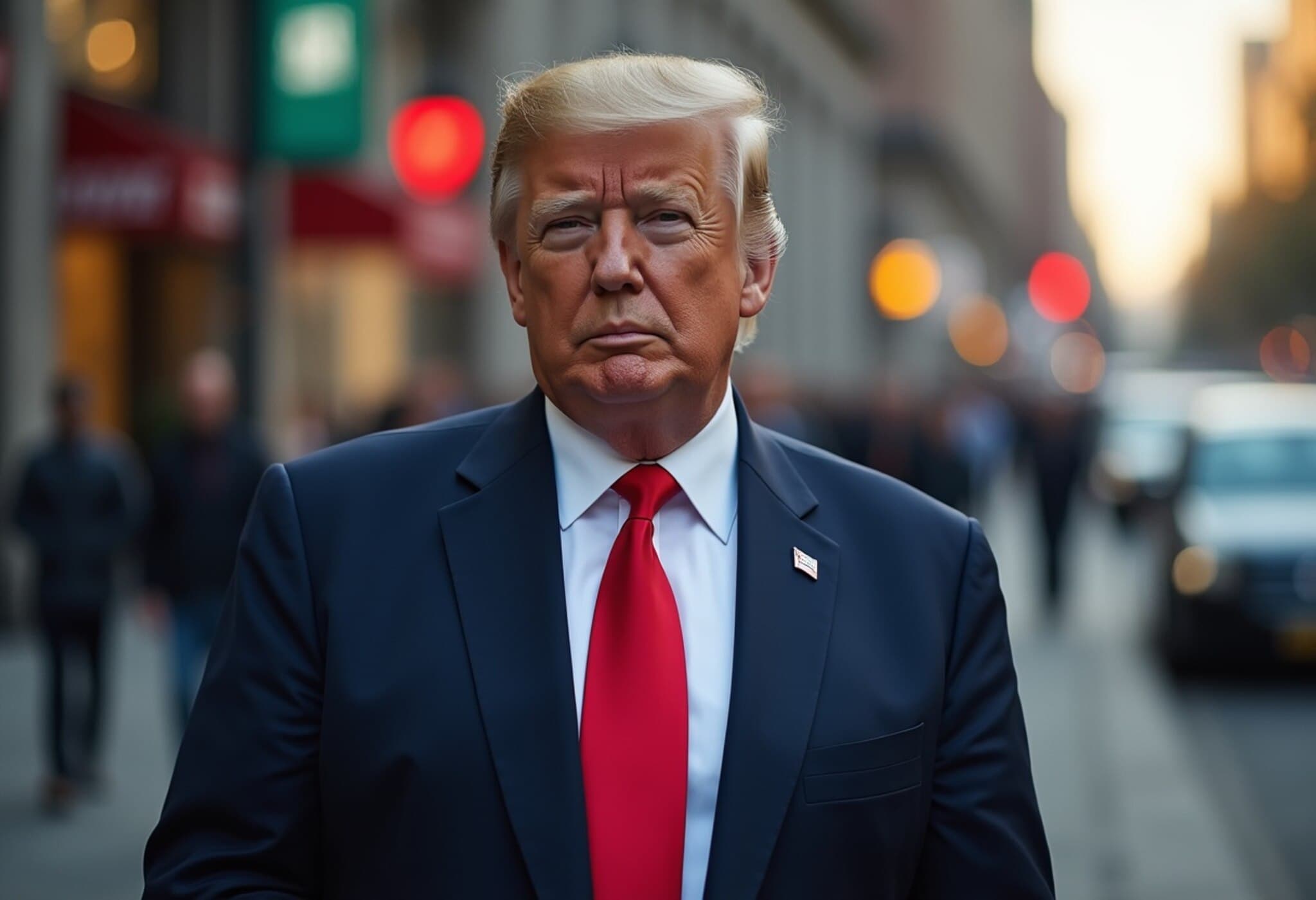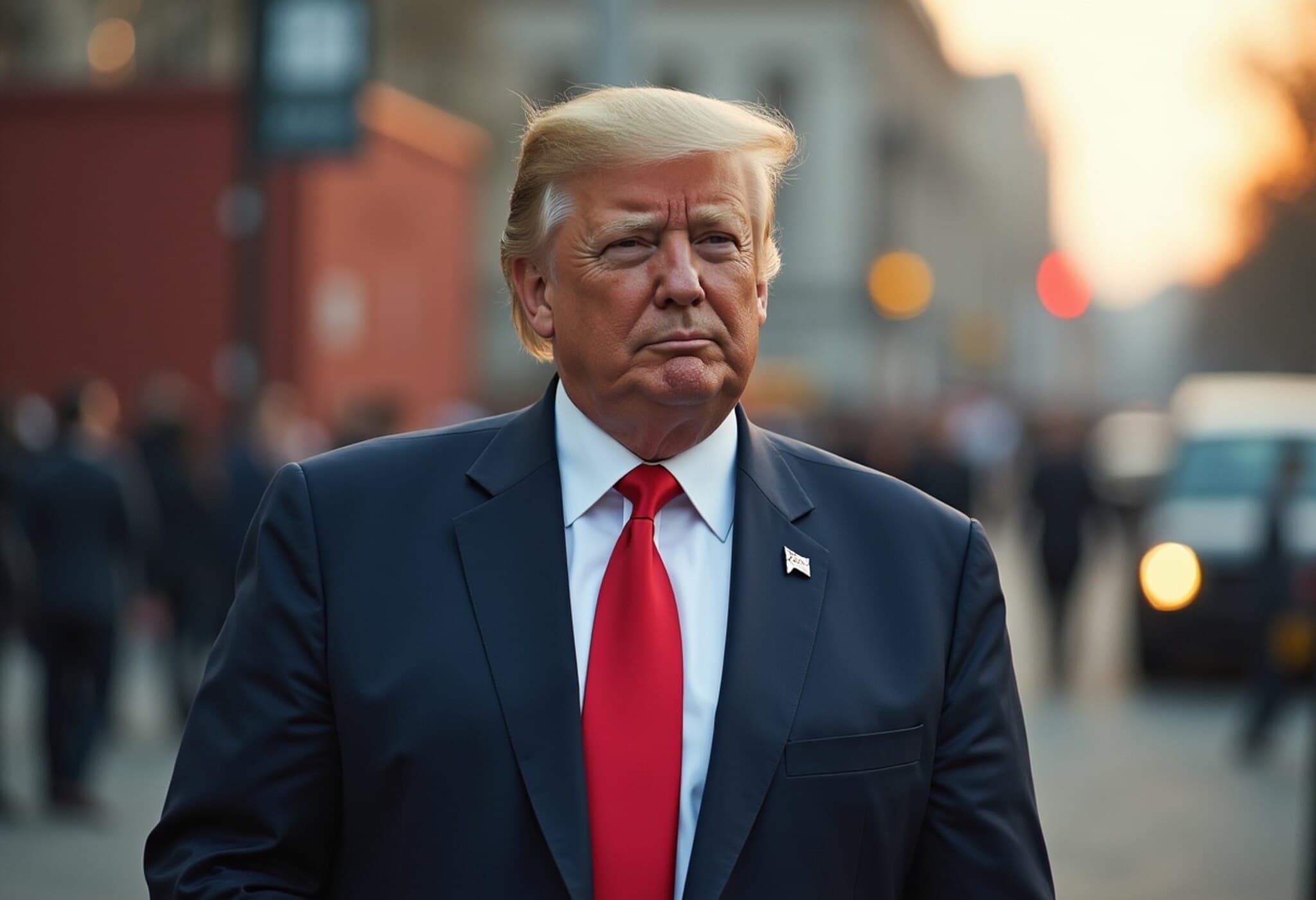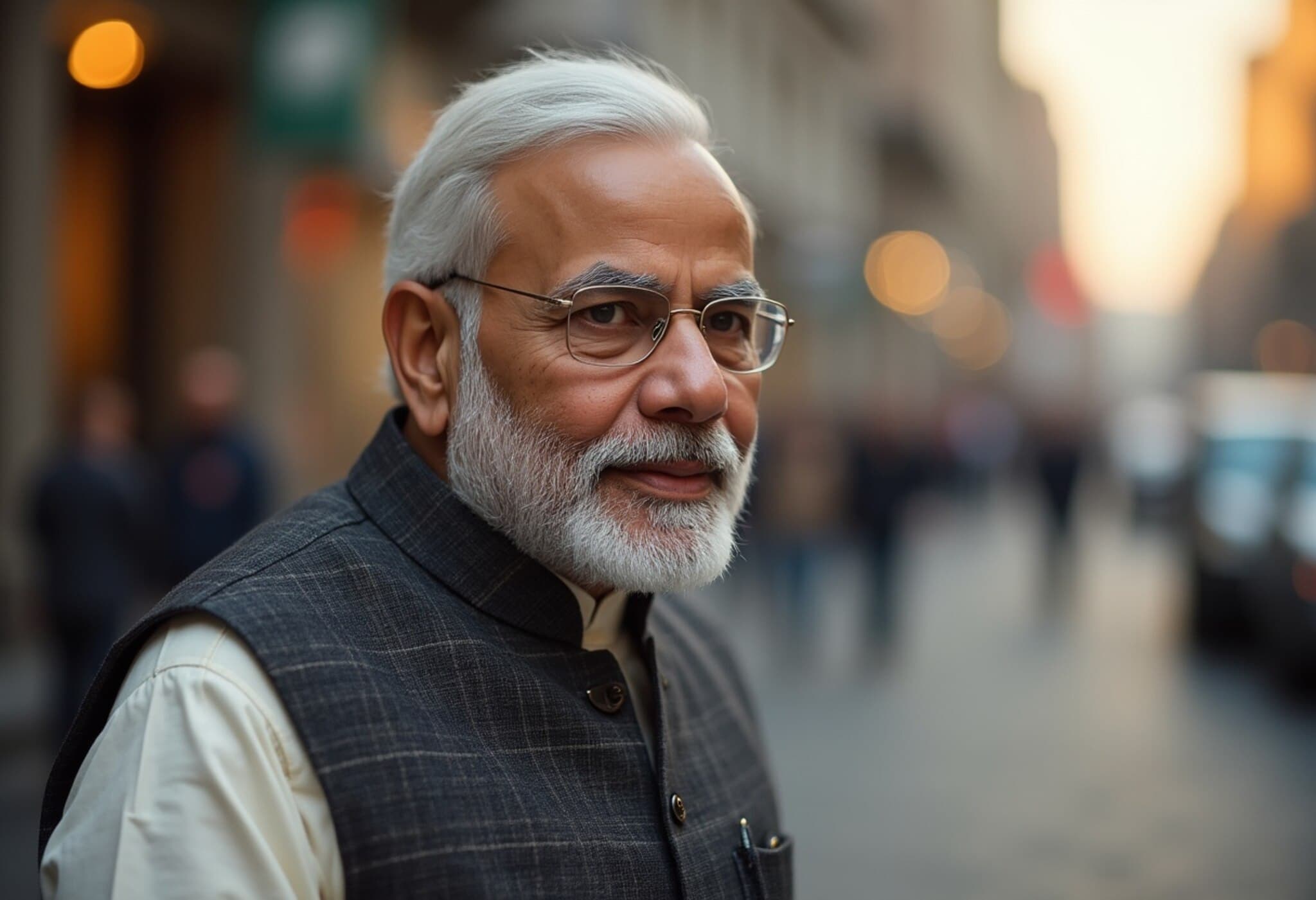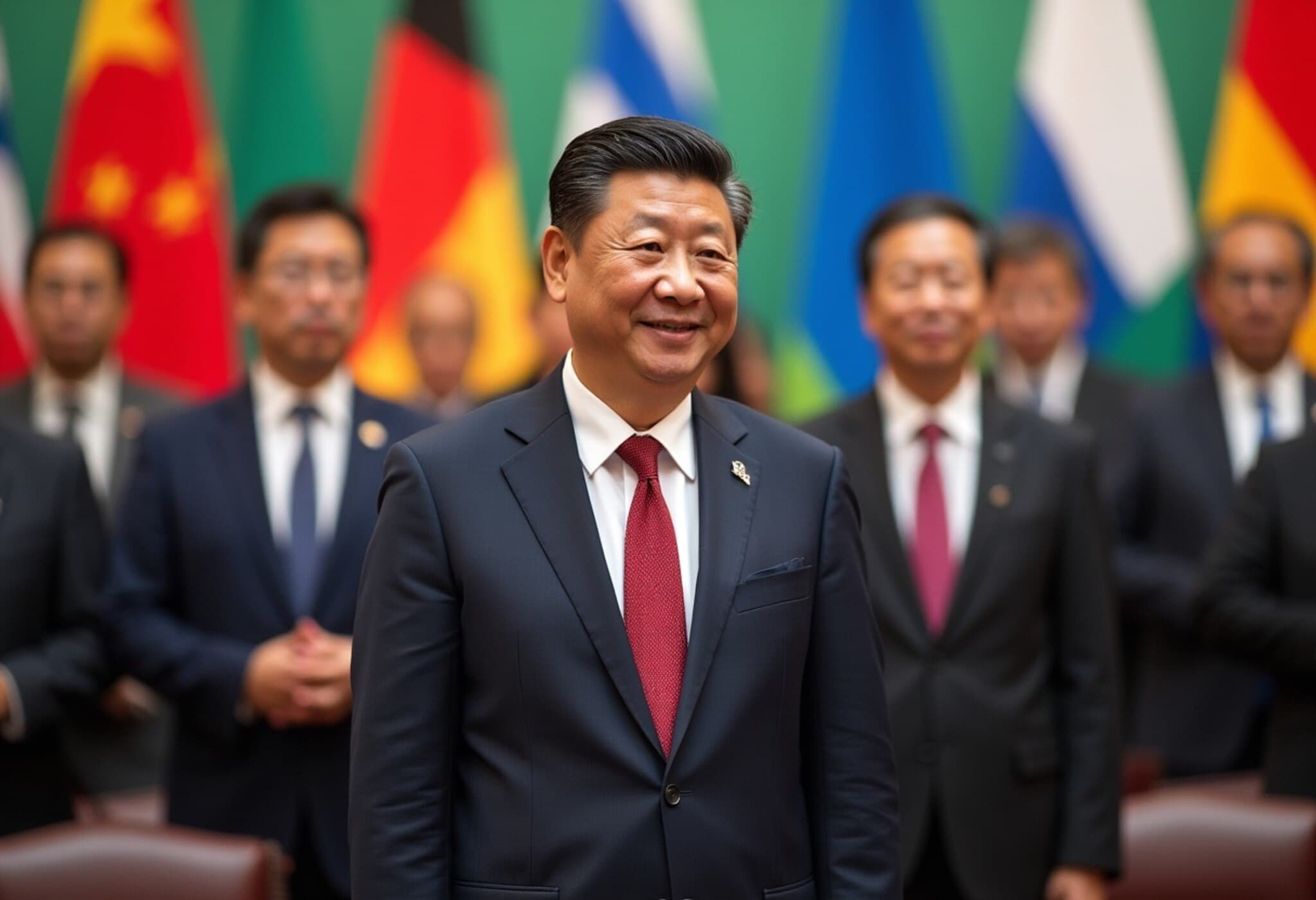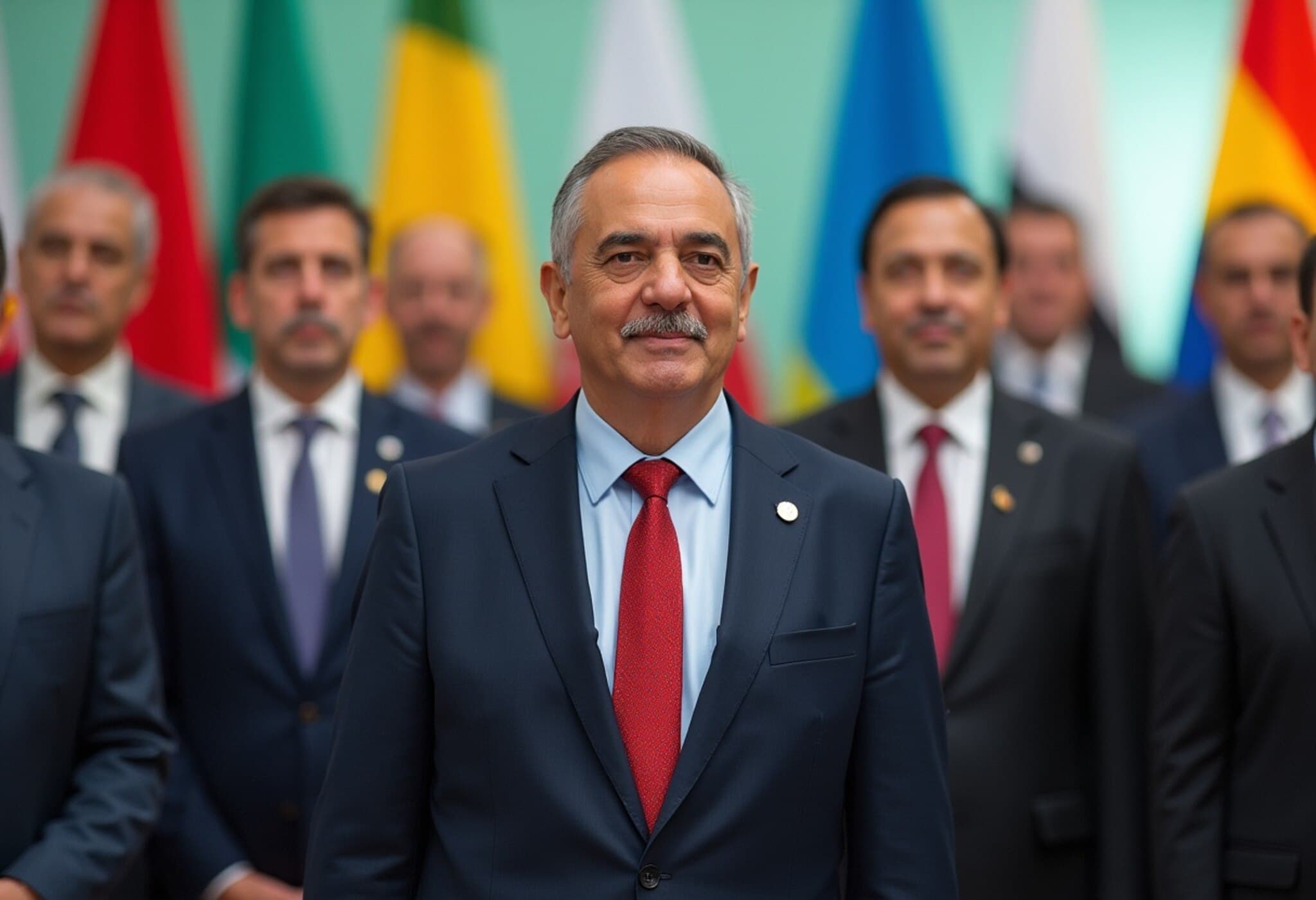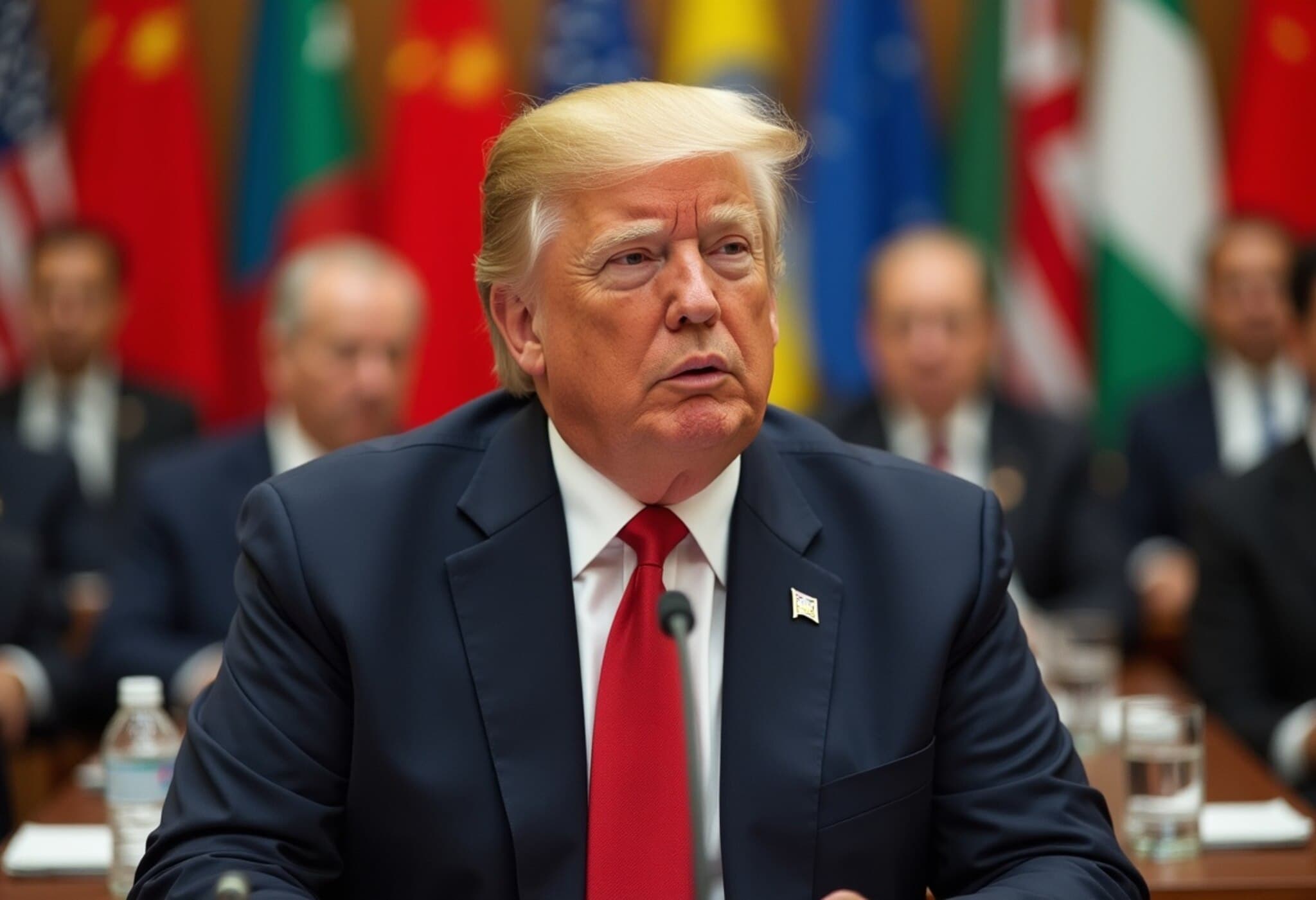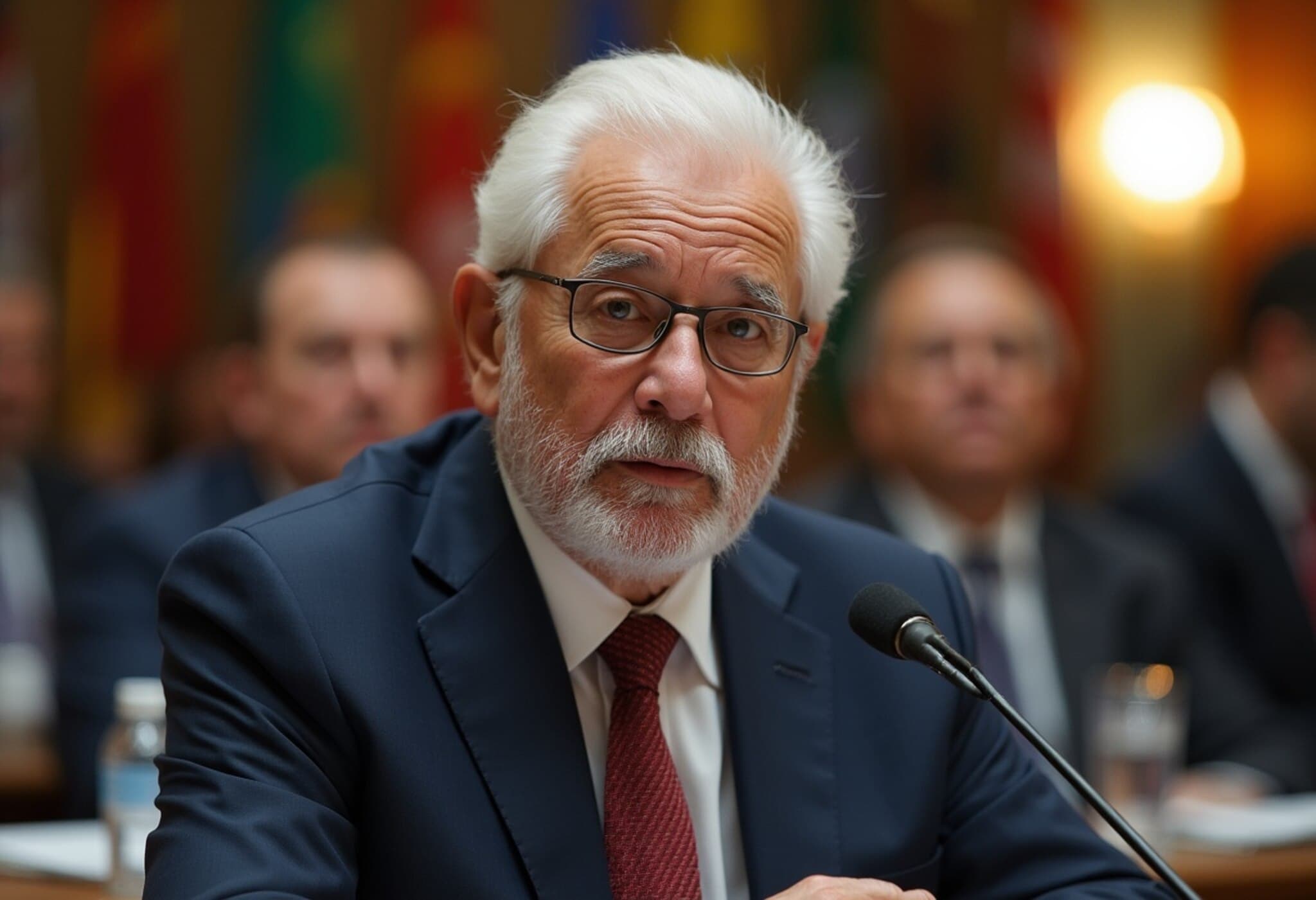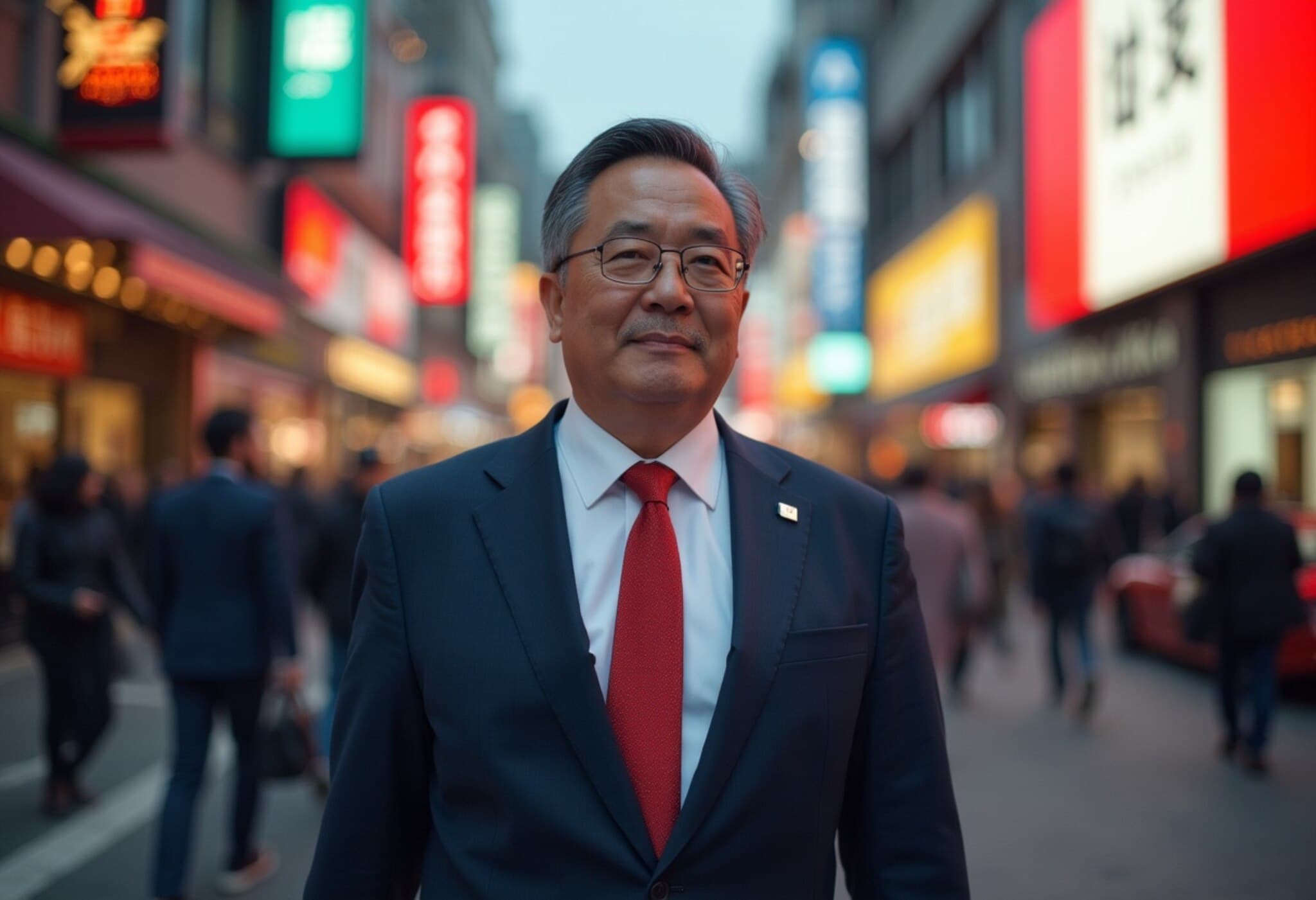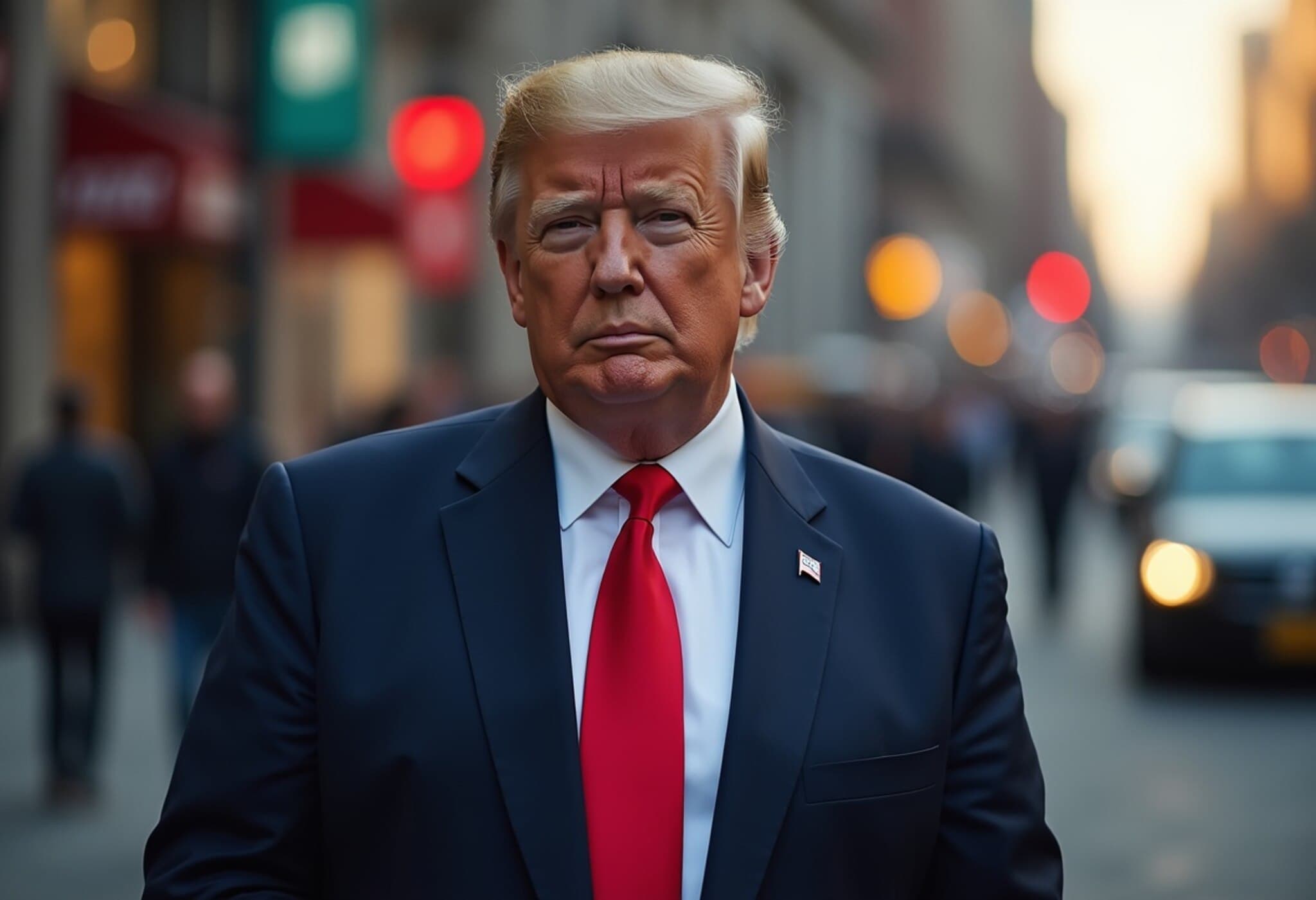US Prepares to Reinstate Higher Tariffs as Trade Negotiations Reach Crucial Phase
The United States is set to resume elevated tariff rates starting August 1, 2025, following a 90-day pause aimed at facilitating trade negotiations. Treasury Secretary Scott Bessent confirmed that, despite ongoing discussions with key economic partners like India, Taiwan, and the European Union, no substantive agreements have yet been finalized. Without concrete deals, the US plans to implement the higher levy rates initially announced by former President Donald Trump in early April.
Background: The Trump Tariff Strategy and Recent Developments
In April 2025, President Trump imposed a 10 percent duty on a broad range of imported goods from most trading partners, flagging intentions to increase tariffs further for select countries. However, recognizing the diplomatic sensitivity and economic risks, Trump temporarily suspended these additional hikes, setting a July 9 deadline to clinch bilateral or multilateral trade deals.
This grace period provided temporary relief amid simmering trade tensions but now draws to a close. Speaking aboard Air Force One on July 4, Trump highlighted that official notifications to affected countries would start rolling out as early as July 7, signaling a robust policy posture ahead.
What to Expect: Letters, Negotiations, and Potential Economic Impact
- Notification Letters: The US administration has prepared up to 15 letters informing trading partners of impending tariff increases. These letters are set to be sent from Monday, July 7, through the week.
- Tariff Hikes: If no mutually agreeable trade deals are secured, the US will enforce higher tariffs—potentially up to 26 percent—on imports from countries including India, Taiwan, and EU members.
- Trade Deals in Progress: The administration indicates progress on some trade agreements, which may exempt certain partners from the escalated tariffs. However, details remain scarce, creating uncertainty among international businesses.
Expert Insight: Navigating the High-Stakes Trade Landscape
From an economic perspective, reintroducing steep tariffs risks disrupting supply chains and increasing consumer prices in the US—a factor that could further complicate inflationary pressures already challenging policymakers. Moreover, for countries like India, where exports to the US form a vital component of economic growth, these tariffs could hinder recovery efforts post-pandemic.
Trade analysts emphasize the strategic timing: “The looming August 1 deadline underscores Washington’s intent to leverage tariffs as a bargaining chip. It’s a calculated move to accelerate negotiations but also a gamble with global economic stability,” says Dr. Maya Rao, a trade policy expert at the Brookings Institution.
The US Political and Economic Context
As the US economy faces varied pressures—from inflation to geopolitical tensions—the administration’s hardline stance reflects a broader protectionist trend aiming to bolster domestic manufacturing. Commerce Secretary Howard Lutnick, standing by President Trump, reiterated the administration's commitment to securing deals but affirmed the readiness to proceed with tariff enforcement if talks stall.
Key Questions Moving Forward
- Can the US successfully finalize beneficial trade agreements before the tariff deadlines?
- What sectors within the US and partner economies will be disproportionately affected by these tariffs?
- How will the re-introduction of tariffs impact global supply chains and multinational trade relations?
- Will this strategy incentivize countries to negotiate or deepen trade rifts?
Editor’s Note
As the August 1 deadline approaches, the international community watches closely to see whether diplomacy will prevail or if economic barriers will rise anew. The unfolding developments highlight the delicate balance between national economic policies and global cooperation. While tariffs may offer leverage in negotiations, their broader impact on markets and everyday consumers should remain a central consideration for policymakers. Readers should stay informed about ongoing trade talks, as the outcomes will shape not only bilateral relations but also global economic trends in the months ahead.

